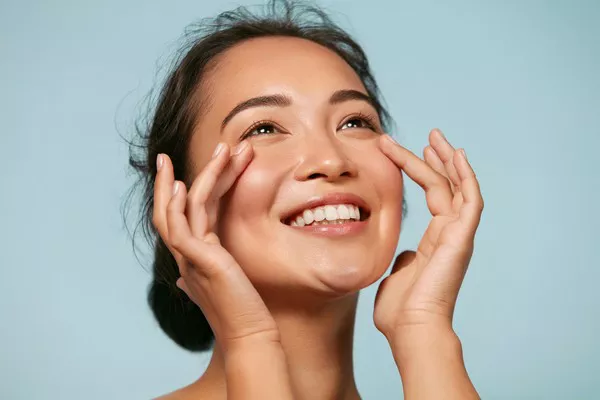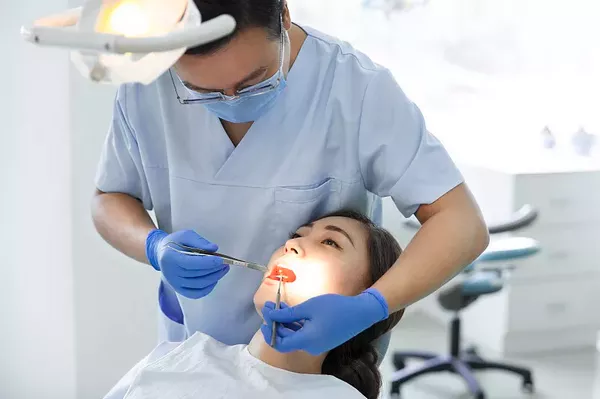Orthodontic braces have evolved not only as a corrective dental treatment but also as a means of self-expression. While the primary goal of braces is to align teeth and improve oral health, the choice of brace colors can add a personalized touch to the orthodontic journey. Selecting the right colors can even create an optical illusion that enhances the appearance of teeth, making them appear whiter and brighter. In this article, we will explore the impact of different brace colors on the perception of teeth whiteness and offer tips for choosing colors that achieve this effect.
Understanding the Color Wheel
Before diving into the impact of specific brace colors, it’s essential to understand the basics of the color wheel. The color wheel consists of primary colors (red, blue, and yellow), secondary colors (green, orange, and purple), and complementary colors (colors opposite each other on the wheel, such as red and green). Complementary colors create contrast when placed together, which can influence the perception of teeth whiteness.
Choosing Brace Colors to Enhance Teeth Whiteness
White or Clear Braces: White or clear braces are the most neutral options and tend to make teeth appear whiter. They blend with the natural color of teeth, minimizing the contrast between the braces and the teeth. However, clear braces can stain over time, so proper oral hygiene is crucial.
Silver Braces: Silver braces are a common choice and can create a stark contrast against the teeth. While they don’t make teeth appear whiter directly, the contrast can draw attention to the teeth and their color. Good oral hygiene is important with silver braces to prevent staining.
Complementary Colors: Choosing colors that are complementary to the natural color of teeth can create a contrast that enhances teeth whiteness. For instance, shades of blue or purple can make teeth look brighter when contrasted with the warm tones of teeth.
Dark or Bold Colors: Dark or bold colors like black, navy blue, and deep purple can make teeth look whiter due to the strong contrast they create. These colors draw attention away from the color of the teeth and toward the braces.
Avoiding Colors That Diminish Whiteness: Certain colors, like yellow or gold, can have the opposite effect and make teeth appear less white. This is because they can create a tint on the teeth, similar to how clothes in those colors might reflect onto the teeth.
Personal Considerations
While the impact of brace colors on teeth whiteness is an interesting aspect to consider, personal preferences should also guide your decision. Some individuals may prioritize aesthetics and opt for colors that match their style, while others may prefer colors that align with a special occasion or event. It’s important to choose colors that make you feel confident and comfortable during your orthodontic treatment.
Caring for Your Braces
Regardless of the color you choose, maintaining good oral hygiene is crucial. Brushing, flossing, and regular dental check-ups help prevent staining, maintain teeth whiteness, and keep your braces clean and well-maintained.
Conclusion
The choice of brace colors can have a subtle yet significant impact on the perception of teeth whiteness. Understanding the color wheel and selecting colors that contrast or complement the natural color of teeth can create the illusion of brighter and whiter teeth. While colors like white, clear, complementary shades, and dark hues can enhance this effect, personal preferences and style play a role in the decision-making process. Ultimately, choosing brace colors that make you feel confident and comfortable during your orthodontic journey is key, ensuring that you embrace both the functional and expressive aspects of braces.
Related Topics:




























